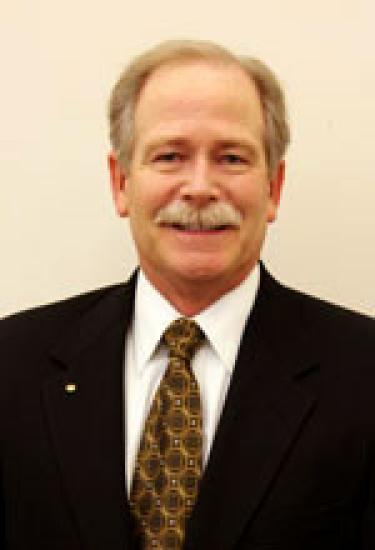After University of Colorado Distinguished Professor Thomas Cech won the Nobel Prize in Chemistry in 1989, he took the helm of the Howard Hughes Medical Institute. One of his chief aims was to overhaul education, particularly in science, math and technology. Another goal was to retool the way research is done.
Cech returned to CU two years ago because, he said, “I wanted to get back into the action.” He was surprised by what he found.
As he told December 2009 graduates, he came back to find a new revolution in interdisciplinary research sweeping the campus. “I also returned to CU to join a revolution in education,” Cech said, adding:
“My colleagues here were practicing exactly what we’d been preaching at Howard Hughes: that the emphasis needs to be onstudent learning, and that we need to be as scientific in judging the validity of our education methods as we are when we are trying to discover new principles of biology or physics in the research lab.”
While he was thrilled with the transformation at CU, Cech lamented that this teaching revolution is “a big secret.” Few parents, alumni or legislators know of it, he said, adding, “We should be shouting this from the rafters!”
Although we are neither in the rafters nor shouting, this edition of Colorado Arts & Sciences Magazine aims to disclose this secret.
For instance, we report on a study that combines each element that Cech highlighted: research, teaching, science education and interdisciplinary collaboration. In a recent edition of the prestigious journal Science, a team of five current CU researchers and one former faculty member revealed a novel and unexpected finding:
Much of the “gender gap” in undergraduate physics scores can be largely closed by administering a 15-minute “values-affirmation” writing exercise twice a semester. This exercise, which prompted male and female students to write about things important to them (such as music, family or learning) generally raised women’s course grades from the “C” to “B” range. (The exercise itself was not graded and not part of the curriculum).
This finding came from a collaboration between two different disciplines, psychology and physics, and it typifies the kind of evidence-based overhaul of science education that Cech champions. Cutting-edge research in psychology was applied to the classroom, and the results hold promise for today’s students and tomorrow’s leaders.
Elsewhere in this edition, we take an in-depth look at the art of teaching at CU. We follow three award-winning teachers into the classroom and show you how they engage and inspire students. As these teachers emphasize, their research and scholarly work in classics, physics and philosophy strengthens and complements their teaching.
As Cech said, good teachers do not simply appear at the front of a class and disburse information. “CU has become a national leader in transforming education, and we’re now graduating students who aren’t just capable of regurgitating information, but who are active learners, and able to creatively and maturely examine problems that come their way.”
We are proud of our teachers, proud of our researchers and gratified to tell you their stories.
Todd Gleeson, professor in the department of integrative physiology, was dean of the College of Arts and Sciences at CU Boulder from 2002 to 2012.




